Over the past year, the world has become increasingly aware of the possibilities and opportunities associated with authenticated media, also known as secure media provenance. An authenticated piece of digital content helps increase trust in what we see and hear online, which will be significant in countering deceptive media, disinformation, and will assist in strengthening consumer protection. Further, an authentic piece of digital content has operational benefits, such as reducing risks, costs, and saving time for businesses leveraging such technologies.
A lesser-known, but potentially more important result, is the environmental benefits of the technology. An authentic image with trustworthy pixels, time, date, location, and other information eliminates the need to travel to a location and inspect the very same details. This has proven to have tremendous environmental benefits. According to the EPA, transportation is the largest source of greenhouse gas emissions, and industries and businesses rely on human-centric inspections, oversight, or diligence to maintain trust in operations/transactions. What if that could be replaced - even partially - by a trusted piece of media? What would the carbon savings look like?
EXL Service, a leading data analytics and digital operations and solutions company, leveraged authenticated media to digitize in-person insurance inspections around the country. In 2021, EXL successfully prevented an estimated 1.5 million pounds of Co2 from being emitted on over 50,000 inspections in all 50 states. EXL estimates that in 2022, the Co2 prevention will rise to 2.5 Million pounds based on an increased volume of digitized inspections. These savings are profound and scalable, giving private industry a new tool to leverage in cutting carbon emissions by replacing transportation on - at least a portion of - inspections, oversight, and diligence. This tool may prove to be necessary as new regulations and public demand for reduced carbon footprints continues to grow. Last month, the Securities and Exchange Commission (SEC) voted on new rules requiring companies to disclose climate-related risks and greenhouse gas emissions which would be the first mandatory standardized disclosure on such issues. In Europe, the European Union recently adopted ambitious greenhouse gas targets in which private industry will also have to consider too. The European Union has a set target of a 55% net reduction in greenhouse gas emissions by 2030.
As private industry continues to examine ways to cut carbon footprints - authenticated imagery could represent a significant opportunity, especially as its adoption and open standard continue to grow. While this will not unilaterally change all private companies’ carbon footprints, it represents a promising new approach.
